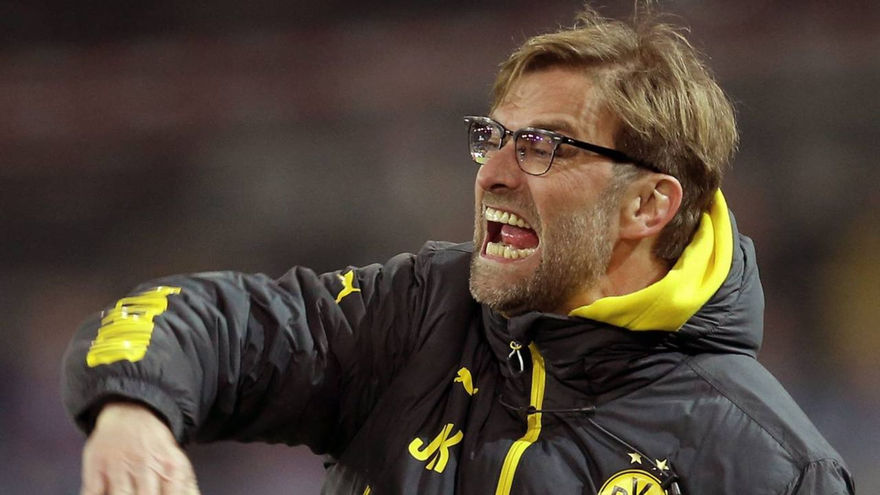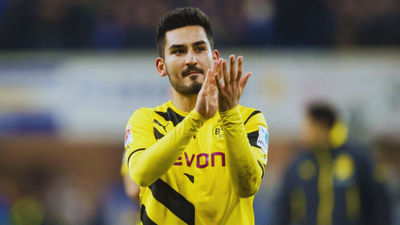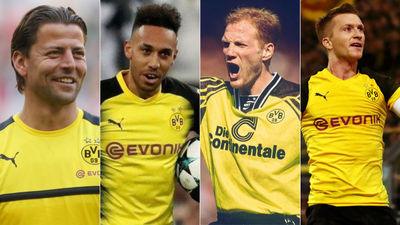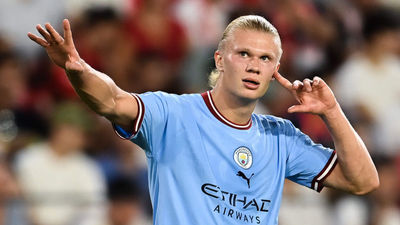Key Takeaways:
Jurgen Klopp's tenure at Borussia Dortmund marked a period of unprecedented success.
Klopp implemented Gegenpressing and favored a 4-2-3-1 formation, emphasizing pace and athleticism.
Dortmund won two Bundesliga titles and a DFB-Pokal under Klopp's guidance.
Despite challenges in later seasons, Klopp's legacy at Dortmund remains iconic.
Modern football fans would obviously recognize Jurgen Klopp as the brilliant manager of Liverpool, as he transformed them back into European giants. Liverpool were a Shadow of their former selves before Klopp arrived, as they were no more that club which dominated England and the one that were seen as strong contenders in the Champions League. The arrival of the German magician went on to change it all for Liverpool though, as he guided them back to the very top of the mountain. Klopp's Liverpool went on to become both Premier League and Champions League winners, as he established a team full of serial-winners. Those who knew Klopp before his stint with Liverpool wouldn't have been surprised with his immense success at the club, such was his brilliance. This article will be looking at the legendary Klopp era at Borussia Dortmund, which saw him conquer Germany before his arrival to England.
Tactics and formation
Klopp's 2 main influences as a coach were Arrigo Sacchi and Wolfgang Frank, the former being regarded as one of the greatest managers in football history and the latter being his former coach during his stint as a player. Jurgen Klopp is widely popular for the use of his Gegenpressing tactic, which involves the players immediately trying to regain possession after losing it. This tactic makes it mandatory that Klopp's player must be excellent in specific attributes like pace, stamina, and work-rate.
Coming to his time at Dortmund, the German mostly used a 4-2-3-1 formation at the club.The midfielders were required to press high but also maintain solid defensive shape and break into attacking transitions. Klopp wanted the players to be compact, fast, and athletic. The fullbacks were also very high, as they were essential to help the attackers during counter attacks. A 4-3-3 variation was also used by Klopp at times.
Arrival at Dortmund
After a 7 year managerial stint at Mainz that saw him lead the club to their first ever promotion to the Bundesliga, Klopp joined Borussia Dortmund despite arch-rivals Bayern Munich also being interested in him. His first season at the club can be considered as a success, as he led them to 6th position in the League and also won his first trophy with the club after defeating German champions Bayern Munich to claim the 2008 German Supercup. Dortmund's rise under Klopp was getting noticeable, as they ended the next season in 5th which saw them secure European football with a young squad.
The golden period
Borussia Dortmund began the 2010-11 Bundesliga season with a loss to Bayer Leverkusen, but they went on to win 14 of their next 15 matches. This magnificent form continued till the season ended as well, which saw the German manager guide them to a historic Bundesliga title win. It was also the youngest ever side to win the Bundesliga. Klopp's era of domination with Dortmund continued in the following season, as Dortmund won the Bundesliga title with a record-breaking 81 points. It was the greatest total points in Bundesliga history at the time. The season ended on a historic note, as Dortmund destroyed Bayern 5-2 to win the 2012 DFB-Pokal Final to achieve the club's first ever domestic double.
Klopp's final years as Dortmund manager
The 2012-2013 season was a bittersweet one for Klopp and Dortmund. Their performance in the League was immensely disappointing, but it was in the Champions League where they ended up overcoming the odds. Dortmund were drawn in the group of death with Ajax, Manchester City, and Real Madrid. They still managed to top that group and even went on to defeat Real Madrid in the semi-finals. The season ended in heartbreaking fashion though, as they ended up losing 2-1 to Bayern Munich in the final.
Klopp's last 2 seasons with Dortmund were lackluster. The 2013-14 season saw them finish in 2nd place, with the 2013 DFL-Supercup being their only silverware.The German's final season at the club saw him announce his departure after a disappointing start to the season. Dortmund finished that season 7th in league, were knocked out of the Champions League by Juventus in the round of 16.
Jurgen Klopp's final in charge of the team was the 2015 DFB-Pokal Final, which saw Dortmund lost 3–1 against VfL Wolfsburg. It marked the end of an era, and the close of Dortmund's greatest ever phase in their modern history.
Trivia
What is Gegenpressing and how did Klopp use it?
Gegenpressing is a high-intensity pressing tactic where players immediately seek to regain possession after losing the ball. Jurgen Klopp popularized this strategy, emphasizing attributes like pace and stamina. At Borussia Dortmund, Klopp employed Gegenpressing to disrupt opponents' buildup play and initiate swift counterattacks, forming the backbone of his team's dynamic style.






